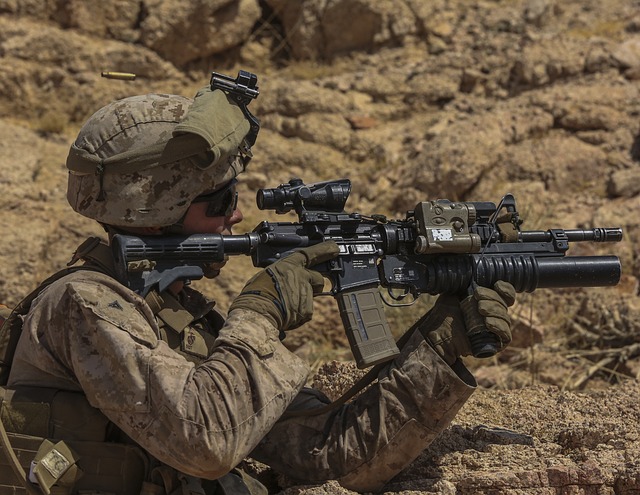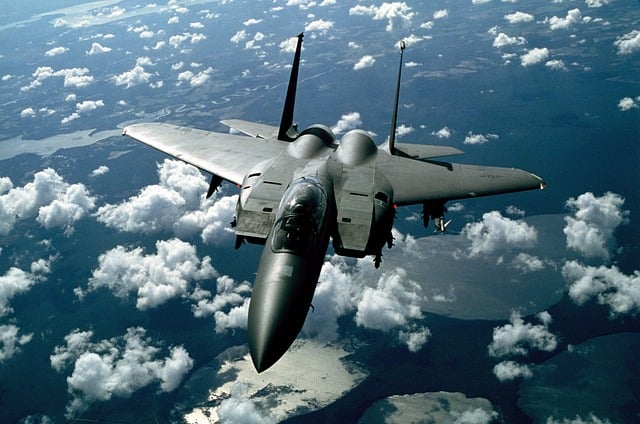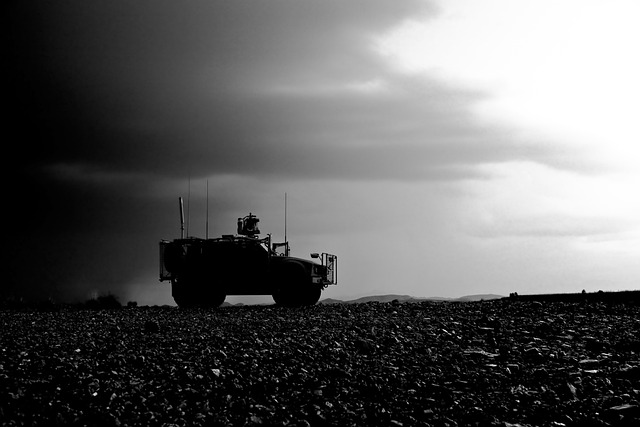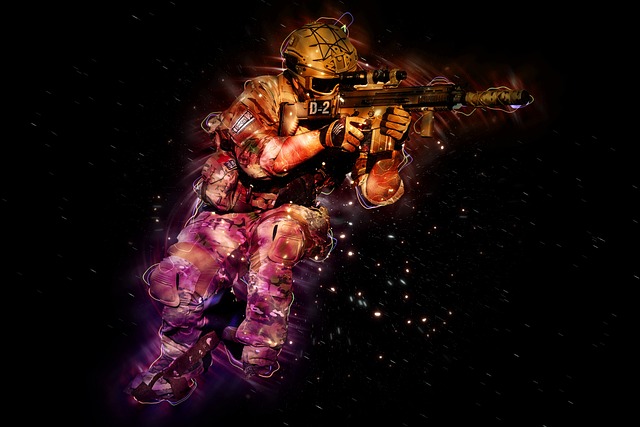Embroidered uniforms in the US Army Reserve have a rich history, symbolizing unity, pride, and camaraderie. Originally functional, embroidered patches and insignia now hold deep symbolic value, enhancing morale and fostering community among reservists. The US Army Reserve Flag, with its intricate embroidery, is a powerful symbol of service history and values, proudly displayed on uniforms and equipment to strengthen unit identity and inspire future generations. Embroidered designs globally play a vital role in representing heritage and accomplishments, effectively communicating complex ideas through visual symbolism.
“Unraveling the rich history of embroidered uniforms within the US Army Reserve, this article delves into a tradition that transcends mere aesthetics. From its modest beginnings to the vibrant tapestry it is today, uniform embroidery serves as a powerful symbol of unit identity and pride. We explore how colors, symbols, and text become woven threads of camaraderie, binding soldiers together.
Through an examination of production techniques and care guidelines for US Army Reserve flags, this comprehensive guide ensures these cherished emblems remain vibrant, reflecting the honor and heritage of their wearers.”
- The History of Embroidered Uniforms in the US Army Reserve
- – A brief history of uniform customization and embroidery in the military
- – When and why did the US Army Reserve start using embroidered patches?
- Significance and Symbolism: More Than Just a Design
The History of Embroidered Uniforms in the US Army Reserve

Embroidered uniforms have played a significant role in the identification and pride of military personnel, especially within the US Army Reserve. Historically, the practice of adorning uniforms with intricate embroidery dates back to ancient times when flags and banners were used as symbols of strength and unity on battlefields. Over centuries, this tradition evolved, leading to the exquisite art form we recognize today.
In the context of the US Army Reserve, embroidered uniforms have been a part of their distinctive identity since its inception. The US Army Reserve Flag, with its intricate design, serves as a powerful symbol of their dedication and service. Embroidered insignia, unit crests, and names on uniforms not only enhance their aesthetic appeal but also foster a sense of camaraderie and unity among the reservists. This practice has been instrumental in building a strong military community, ensuring that members feel valued and connected to their units, even during periods of inactivity or reserve status.
– A brief history of uniform customization and embroidery in the military

The tradition of personalizing uniforms and equipment with embroidery dates back centuries in military history, but it has seen a resurgence in recent times, especially within reserve forces like the US Army Reserve. Historically, military uniform customization served functional purposes, such as identifying ranks, units, and specialties. Embroidered patches and insignia not only facilitated quick identification on the battlefield but also held symbolic value, fostering camaraderie among troops.
In the modern era, with advancements in embroidery technology, these intricate designs have become more accessible and affordable. The US Army Reserve Flag, for instance, is proudly displayed through exquisite embroidery on uniforms, gear, and vehicles, symbolizing the unit’s heritage and mission. This trend not only enhances uniformity but also boosts morale and unit pride, allowing soldiers to express their individual connections to their units while maintaining a structured and professional appearance.
– When and why did the US Army Reserve start using embroidered patches?

The US Army Reserve has a rich history when it comes to uniform adornment, with embroidered patches playing a significant role since the early 20th century. The practice of adding intricate embroidery to uniforms and equipment began as a way to uniquely identify military units and honor their heritage. One of the key milestones was the adoption of embroidered patches for the US Army Reserve Flag, which allowed for a more distinctive representation of the unit’s lineage and achievements.
This tradition gained momentum over time, with embroidered patches becoming a standard feature on Army Reserve uniforms. The benefits are multifold: they enhance the visual appeal, serve as proud symbols of military service, and provide a means to display a unit’s history and accomplishments. By embracing embroidered patches, the US Army Reserve has not only maintained its connection to its roots but also created a lasting legacy that inspires current and future generations of reservists.
Significance and Symbolism: More Than Just a Design

Embroidered designs on uniforms and equipment hold immense significance and symbolism, going beyond mere aesthetics. For instance, consider the US Army Reserve Flag, where intricate embroidery represents the unity, strength, and values of the reserve forces. Each thread meticulously weaves together the history, dedication, and sacrifice of countless individuals who serve their country with distinction.
These designs often serve as visual reminders of a unit’s heritage, mission, and accomplishments. They foster a sense of camaraderie among service members, strengthening their bond and shared identity. Furthermore, embroidered symbols can communicate complex ideas and messages succinctly, making them powerful tools for representation and recognition on uniforms and equipment used by military personnel and first responders around the world.
Embroidered patches on uniforms and equipment have become an integral part of the US Army Reserve’s identity, evolving from mere decorative elements to powerful symbols of unit pride and heritage. This practice, with roots tracing back to military tradition, not only enhances the aesthetic appeal of the US Army Reserve Flag but also serves as a dynamic way to honor units’ histories and achievements. Through embroidery, the Reserve can proudly display its unique character, fostering camaraderie among soldiers and leaving a lasting impression on those who bear witness to their distinctive uniforms.
